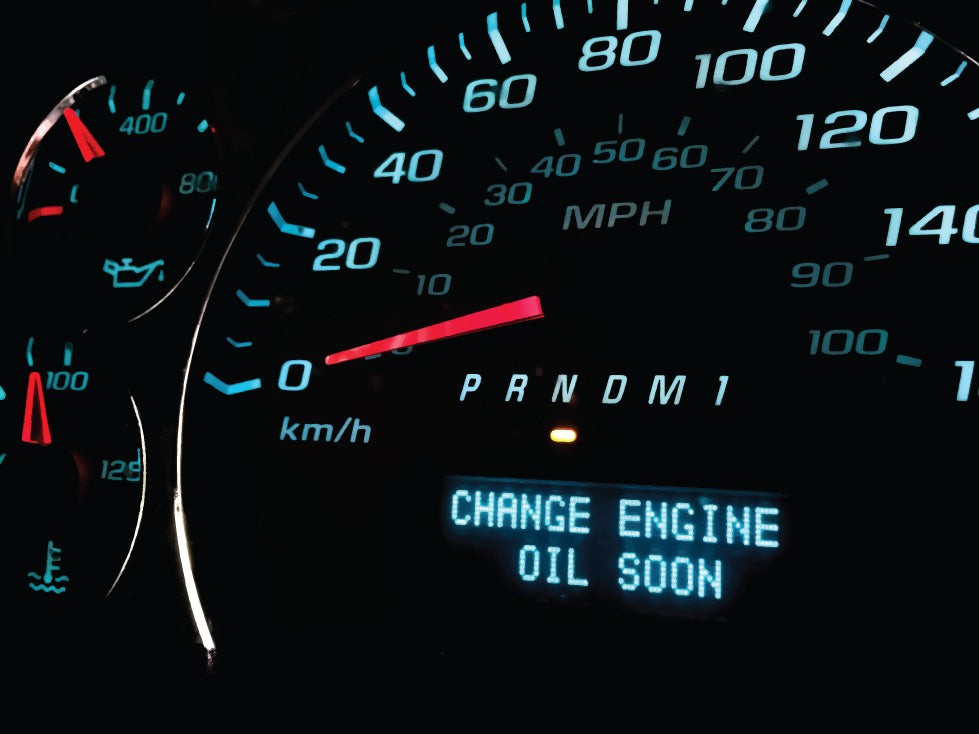The oil change light on your dashboard is a crucial service reminder. It signals that your vehicle is due for an oil change based on mileage or time. This light is different from the oil warning light, which indicates a serious issue like low oil pressure. This article focuses on how to perform an Obd2 Oil Reset, covering common methods and tools.
Regular oil changes are vital for engine health. Engine oil lubricates internal components, minimizes friction and wear, reduces corrosion, and helps maintain engine efficiency. Neglecting oil changes can lead to costly repairs and reduced engine lifespan. Keeping up with a regular oil change schedule translates to better fuel economy and a longer-lasting engine.
 oil maintenance light reset
oil maintenance light reset
Understanding the Oil Change Light
The oil change light is triggered by your vehicle’s onboard computer after a certain number of miles driven or time elapsed. While it doesn’t signify immediate danger, ignoring it for extended periods can harm your engine. It’s a preventative maintenance reminder, not a diagnostic trouble code.
Methods for OBD2 Oil Reset
Resetting the oil change light often involves a simple procedure, varying slightly between vehicle makes and models. There are two primary methods for an obd2 oil reset:
Manual Reset Procedures
Many vehicles allow for a manual reset without special tools. This typically involves a sequence of actions using the ignition key, trip odometer button, and sometimes other controls. Consult your vehicle’s owner’s manual for the specific procedure. These procedures can be time-consuming and sometimes complex.
Using an OBD2 Scanner for Oil Reset
An OBD2 scanner, a diagnostic tool that connects to your vehicle’s OBD2 port, offers a straightforward way to perform an obd2 oil reset. Many scanners, such as the Innova 5210 and higher models, have a dedicated function for resetting the oil light. This method is often quicker and more reliable than manual resets. Using an OBD2 scanner eliminates the need to memorize complex reset sequences. It’s a user-friendly option, even for those less familiar with car maintenance.
Why Choose an OBD2 Scanner for Oil Reset?
An OBD2 scanner provides several advantages:
- Simplicity: It simplifies the reset process, especially for complex manual procedures.
- Accuracy: Ensures the light is reset correctly, avoiding potential issues.
- Diagnostics: Offers additional diagnostic capabilities beyond resetting the oil light, allowing you to read and clear trouble codes.
- Convenience: Saves time and effort compared to manual methods.
Conclusion
Resetting your oil change light after an oil change is essential to keep your vehicle’s maintenance schedule on track. While manual methods exist, using an OBD2 scanner for an obd2 oil reset offers a convenient and reliable solution. It’s a worthwhile investment for any car owner seeking a simple and effective way to maintain their vehicle. Remember, regular maintenance and timely oil changes are key to a healthy and long-lasting engine.

